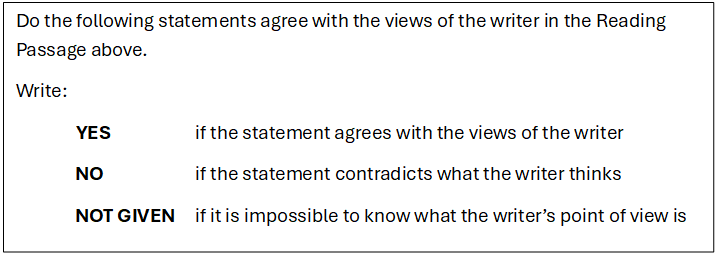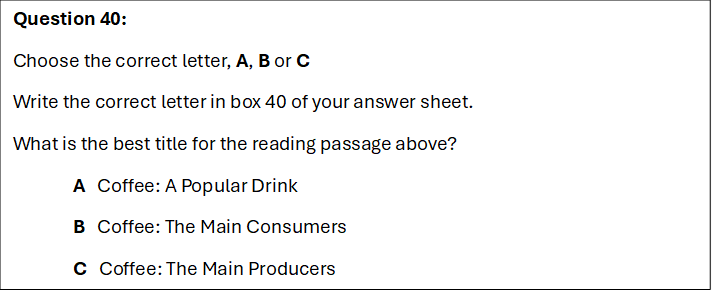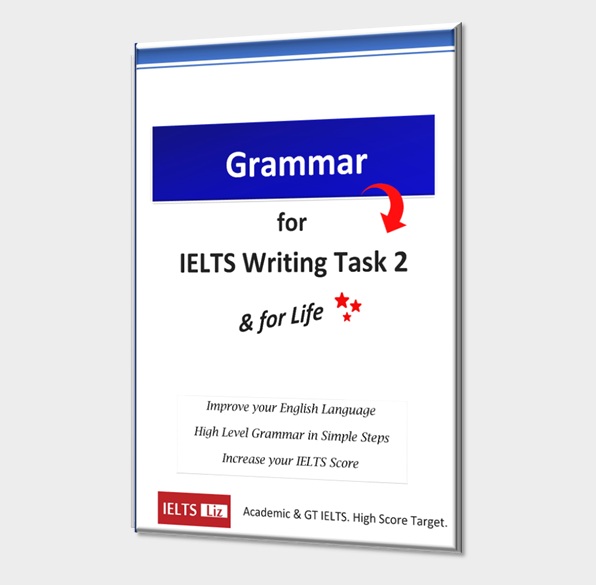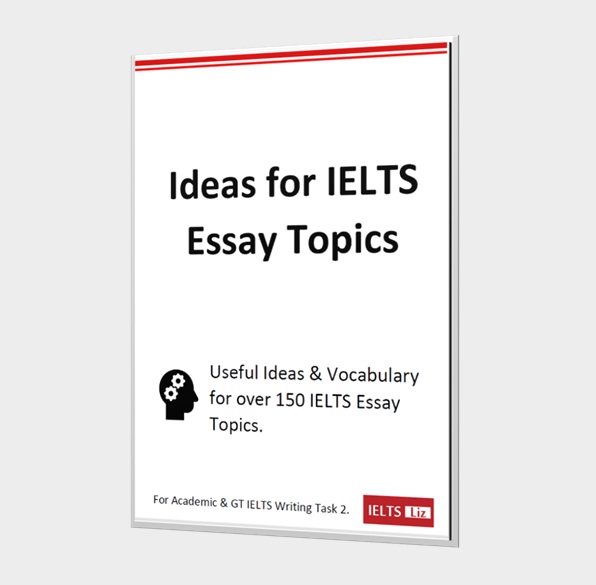Yes, No, Not Given IELTS Reading Questions – useful techniques and practice lessons to maximise your score and help you save time in your reading test. These questions are often difficult for people to tackle so learning the right way will help you score points.
See the key tips and practice lesson below.
IELTS Yes No Not Given Reading Tips & Techniques
Are IELTS YNNG questions the same as IELTS TFNG questions?
They have the same techniques, the same approach, but there is a slight difference in the reading passage. When the passage is about facts and information then the question type will be TFNG because these questions are about matching statements with information in the passage. But when the passage contains a writer’s opinion or claims, then the question type is YNNG because these questions are matching statements with what the writer thinks or believes as shown in the passage. To sum up:
TFNG = factual passage = matching statements with information
YNNG = an opinion passage = matching statements with a writer’s opinion/claims
You will approach these questions in the same way.
Understanding the YNNG Instructions
What do these answer options mean?
YES means that the full meaning of the question statement can be found in the passage and the meanings are the same.
NO means that the full meaning of the question statement is actually wrong and the passage shows it is wrong/incorrect/opposite/contradicted.
NOT GIVEN means that the information in the question statement isn’t found in the passage so we can’t say if it is correct or incorrect information. The passage doesn’t give enough information to choose Yes or No.
Your written answer must be YES or NO or NOT GIVEN. You can write these words in capital letters or lower case. But you can’t write True instead of Yes. If the answer is Yes, but you write True, then your answer is wrong. Always pay attention to that – don’t lose valuable points.
How to Tackle Yes No Not Given Questions
All these tips and techniques can be applied to TFNG questions as well. Click here for TFNG Reading Practice
- The same as TFNG questions, the YNNG answers will appear in order in the passage. This means you will find the answer to question 2 after the answer to question 1. This is useful to know because it will save you time searching through the whole passage. You will know that the answer to question 4, comes between the answer to question 3 and 5.
- Take time reading the question.
- Notice keywords in the question
- words that will help you locate the answer in the passage.
- words that might challenge the answer – words that make a subtle difference to the meaning.
- Notice keywords in the question
- Think about synonyms and paraphrases that could be used to describe the information given in the question statement. Synonyms are words that have the same or similar meaning. Paraphrasing is writing the same information in a different way. Be prepared for both in the reading passage.
- Paraphrases and synonyms will help you locate the answer in the passage.
- Scan the passage and pay attention to keywords and paraphrases from the question.
- When you find the area that the answer is located in, read around that area. Read the sentences before and after.
- Remember, you can highlight words in the passage to help you. In the computer test, right click on the mouse and an option to highlight will appear. In the paper test, circle or underline the words with your pencil.
- After reading the area where the answer is located in the passage, go back to the question and start comparing them for meaning.
- Do not try to match words only. IELTS reading is about deeper meaning.
- Your aim isn’t to understand the whole passage, but to locate answers and then analyse the deeper meaning of those few sentences relating to the question.
- Be careful of comparative questions. The comparisons need to be the same in the question and passage.
- Be careful of quantifiers, such as “all” and “some”. ALL means 100%, SOME means it is not 100%.
Now it’s time for you to try some Yes, No, Not Given questions in the passage below.
IELTS Yes No Not Given Reading Practice
YNNG Passage 1: Richard, the Lionheart
King Richard I of England is one of the most iconic kings of England, known as the Crusader King and also as Richard the Lionheart. He spent practically all his reign outside England fighting wars in the Middle East and France to the point that England must have seemed like a foreign, distant land to him. It seems strange to us today to consider a King of England so wholly detached from the country that he represented and ruled. To pay for his wars and crusades, he taxed the English so heavily that is caused widespread discontent amongst the populace. While it can be said that he was a peerless warrior in battle, he was a poor King of England. He has often been criticised not only for his neglect of England and the welfare of the common person, but also for squandering the lives of so many of his followers as they followed him into battles far from their homeland. And yet remarkably, many English people still remember him quite fondly as a chivalrous king who was the epitome of a knight with bravery and military skill.
Questions 1-8
Do the following statements match the views of the writer in the passage? Write Yes, No or Not Given as your answer.
- King Richard idolised fame.
- While King, Richard never resided in England.
- King Richard looked down on the English culture.
- Many English people did not agree with being taxed so much.
- He was a fighter beyond compare.
- The people who followed him into battle were common people from England.
- King Richard did not place much consideration on the value of a human life.
- King Richard is considered by all English people as a courageous knight.
Answers
Click below to reveal the answers.
Answers- NOT GIVEN
- NO
- He spent much of his reign outside England, but not all his reign.
- Not Given
- The passage shows that Richard probably didn’t connect much with the English culture because he spent so much time abroad, it doesn’t give any information about whether he lacked respect (looked down on) the English culture.
- YES
- the passage shows the population of England showed “widespread discontent” with the heavy taxes. “widespread” means many thought this, but not all.
- YES
- peerless = beyond compare (there were no peers who were his equal)
- NOT GIVEN
- the passage show King Richard did not care about the welfare of the common people. But we do not know who his followers were precisely.
- YES
- in the passage: “squandering the lives of so many of his followers” – meaning to waste people’s lives in battle.
- NO
- The challenge with this question was the word “all” in the question and “many” in the passage.
- reign = time in power / sovereignty
- to tax heavily = to take a lot of money in tax
- widespread discontent = many were not happy
- the populace = people living in a particular country
- peerless = unequalled / unrivalled
- warrior = fighter / soldier
- battle = war / conflict
- squandering = to waste something in a foolish or reckless manner
- the epitome of = the best possible example of
.
I’ll upload another YNNG reading passage soon for you. All the best, Liz
RECOMMEND FOR YOU
- True False Not Given & Yes No Not Given Questions
- Matching Sentence Endings Questions for Reading
- Matching Paragraph Information Reading Practice
- Diagram Completion Questions for Reading
- ALL IELTS READING PRACTICE LESSONS & TIPS
.

 decoration that are 60,000 years old have been found in Africa. As far as historians know, the act of egg decoration did not have any religious origin and was just decorative. In Persian culture, eggs were sometimes painted by the whole family as they sat together preparing for the arrival of Spring and their New Year. And even today, people enjoy painting eggs without being at all religious.
decoration that are 60,000 years old have been found in Africa. As far as historians know, the act of egg decoration did not have any religious origin and was just decorative. In Persian culture, eggs were sometimes painted by the whole family as they sat together preparing for the arrival of Spring and their New Year. And even today, people enjoy painting eggs without being at all religious.






